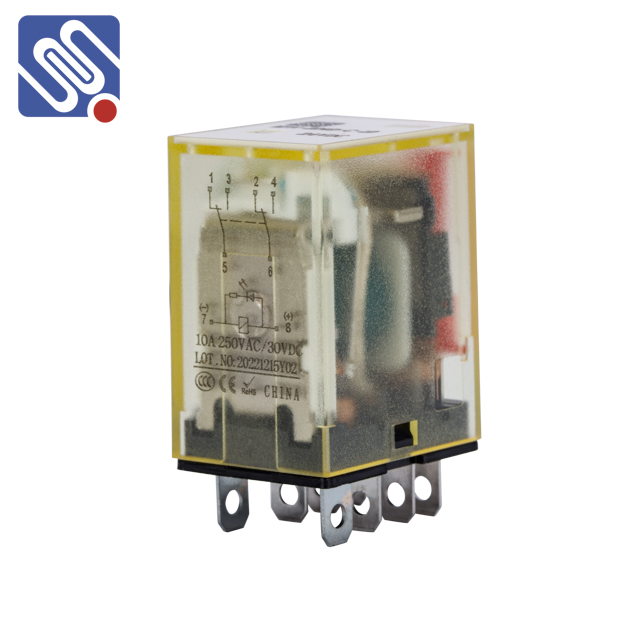A general-purpose relay is a versatile and widely used component in various electrical systems, playing a critical role in controlling circuits and automating processes. From industrial automation to home appliances, the general-purpose relay is employed to switch electrical loads and provide safety and control features. This article aims to provide a comprehensive overview of general-purpose relays, their working principles, applications, and the advantages they offer.

What is a General-purpose Relay? A general-purpose relay is an electromechanical switching device that allows the control of high-voltage or high-current circuits with a low-voltage signal. Essentially, it acts as a bridge between two circuits, enabling the activation or deactivation of electrical devices based on the presence of an external signal. These relays are called “general-purpose” because they can be used in a broad range of applications, including industrial, automotive, and household systems. Working Principle of a General-purpose Relay The operation of a general-purpose relay is based on the principle of electromagnetism. It consists of a coil, an armature (moving part), a set of contacts, and a spring. When a low-voltage current flows through the coil, it generates a magnetic field that pulls the armature toward it. This movement causes the relay’s contacts to change state, either closing or opening, depending on whether the contacts are normally open (NO) or normally closed (NC).
Leave a Reply